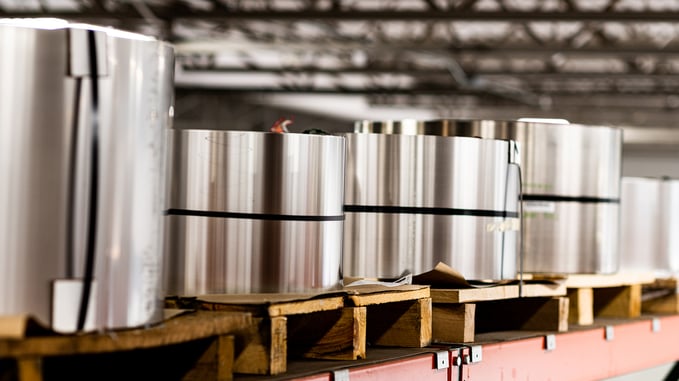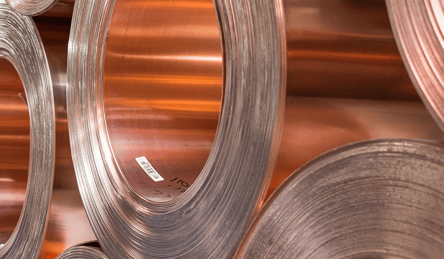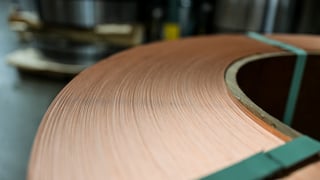
on March 21, 2022 | 5 min. read


According to the Royal Society of Chemistry, there are 94 metals on the periodic table, and each can be classified differently. However, the most common classification is by iron content.
When we look at iron content, we can divide metals into three categories:
All types of metal contain unique properties and depending on their melting point, density, and malleability, some are better suited to certain purposes than others. Below, we’ll outline the uses and applications of the three most common metal types used in industrial work, as well as their alloys.
Steel is the most common metal in the modern world. It is a ferrous alloy typically made of 99% iron and 1% carbon. While steel isn’t the strongest metal on earth (tungsten gets that designation), it is less brittle and more malleable than some of its stronger counterparts, which makes it ideal for industrial use.
The 1% carbon contained in the alloy allows most steel to maintain the strength of iron while making it less heavy, less dense, and less vulnerable to corrosion.

Manufacturers create nearly two billion tons of steel per year in 3,500 different grades. Depending on the grade, steel can be used for projects of all sizes, ranging from skyscrapers to surgical instruments. It’s relatively low-cost to manufacture, which makes it ideal for mass production.
The one downside to using steel is that most grades are vulnerable to oxidation and can rust if left unprotected or uncleaned.
There are three primary types of steel:
While not as popular as steel, copper has been used in industrial manufacturing for more than 6,000 years. Compared with other metals, copper is a high electrical conductor, is a high thermal conductor, and is largely corrosion-resistant. But despite its many advantages, copper is now typically replaced with aluminum and plastic in mass manufacturing due to their lower price points.

Copper is primarily used today in electronics, piping, and telecommunication components, but it is widely seen around the world in artifacts from pots to the Statue of Liberty. The non-corrosive properties of copper make it extremely long-lasting and low-maintenance.
Copper alloys are more frequently used in industrial manufacturing than pure copper, and each brings the positive qualities of pure copper along with its own unique advantages.

Brass is a copper alloy created with the addition of 10% to 20% zinc. The addition of zinc makes brass a more malleable version of copper. Brass is commonly used in jewelry, art, musical instruments, heat exchangers, and ammunition cartridges.
Bronze is primarily made with the addition of tin and phosphorus, but it can also be made with lead, zinc, or aluminum. Bronze made with tin and phosphorus has a large amount of plasticity, which hardens over time and is used for products such as springs, sheets, pumps, and bearings. Bronze made with aluminum is extremely heat-resistant and is found in coins, ship parts, marine hardware, and valves.
Iron may be the main component of steel, but it has a wide range of useful properties in its pure form, as well. With 5% of the Earth’s crust made up of iron, this metal component is easy to find and therefore low-cost to implement. Between iron’s strength, cost, and versatility, it’s no wonder that 90% of manufactured metals are iron-based.
Pure iron is widely used in cookware, heat-producing appliances (like stoves), and heavy machinery. High melting points and strong rigidity provide stability and safety in high-temperature environments.
There are over two dozen iron alloys used in industrial manufacturing, but there are two primary types and methods for iron, depending on the usage:
Every project has a specific type of metal best suited to make it a success. Mead Metals carries a wide array of steels, copper, brass, and bronze, along with the tools you need to size, shape, and cut your materials.
With more than 200 years of combined experience in the metal industry, Mead Metals can walk you through the properties of your possible metals and alloys and find the one that’s right for your project. And with no minimum order quantities, we can handle any project, no matter how big or small.